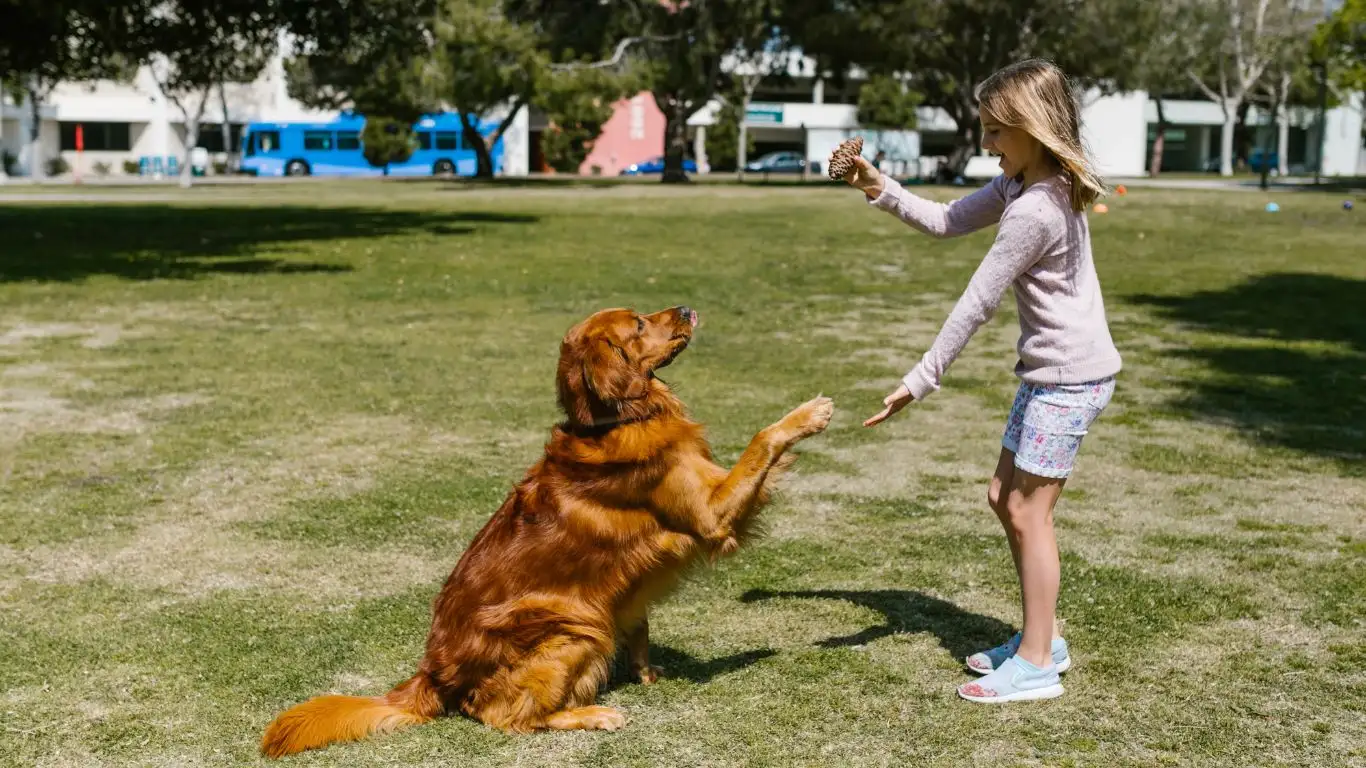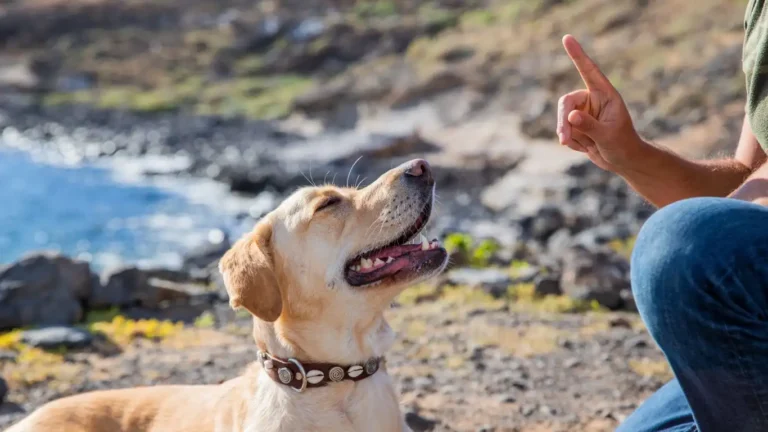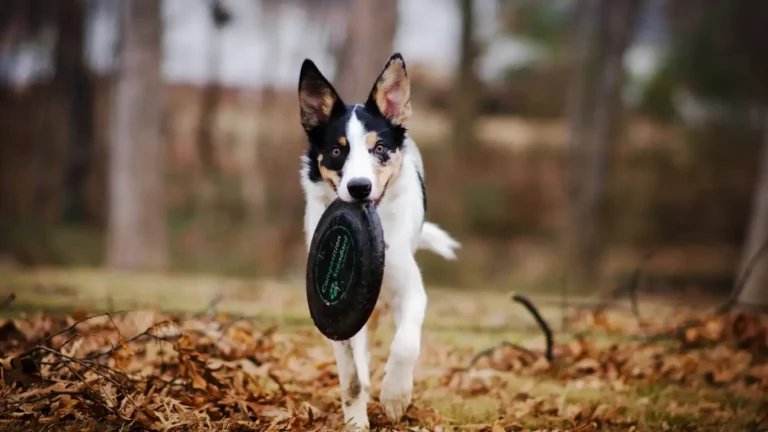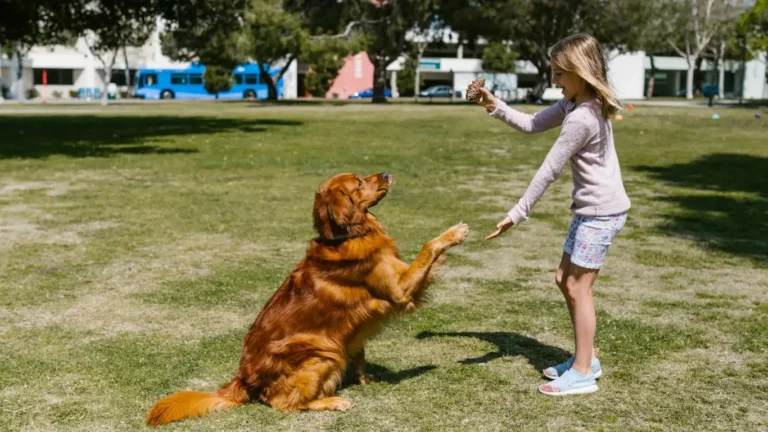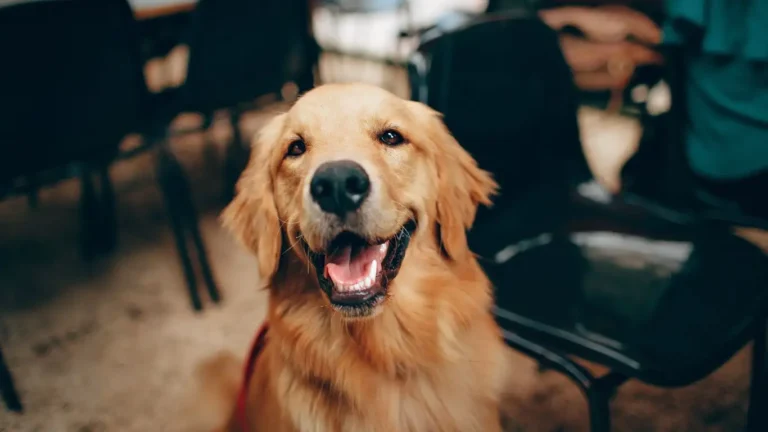Struggling with Boundaries? How to Train a Dog to Respect a Baby Gate
If you’ve ever tried to keep your curious pup on one side of a baby gate only to watch them leap over it like an Olympic athlete or bulldoze through like a furry linebacker, you’re not alone. I’ve been there—muddy paw prints on both sides of the gate, a confused dog tilting their head as if to say, “Wait, was that thing supposed to stop me?” That’s why learning how to train a dog to respect a baby gate is more than a convenience—it’s essential for maintaining calm, safety, and sanity in a shared home. Whether you’re managing room access, introducing a new pet, or prepping for a new baby, this simple barrier can become a real game changer—*if* your dog learns to treat it as one.
Why Dogs Ignore Baby Gates (And What You Can Do About It)
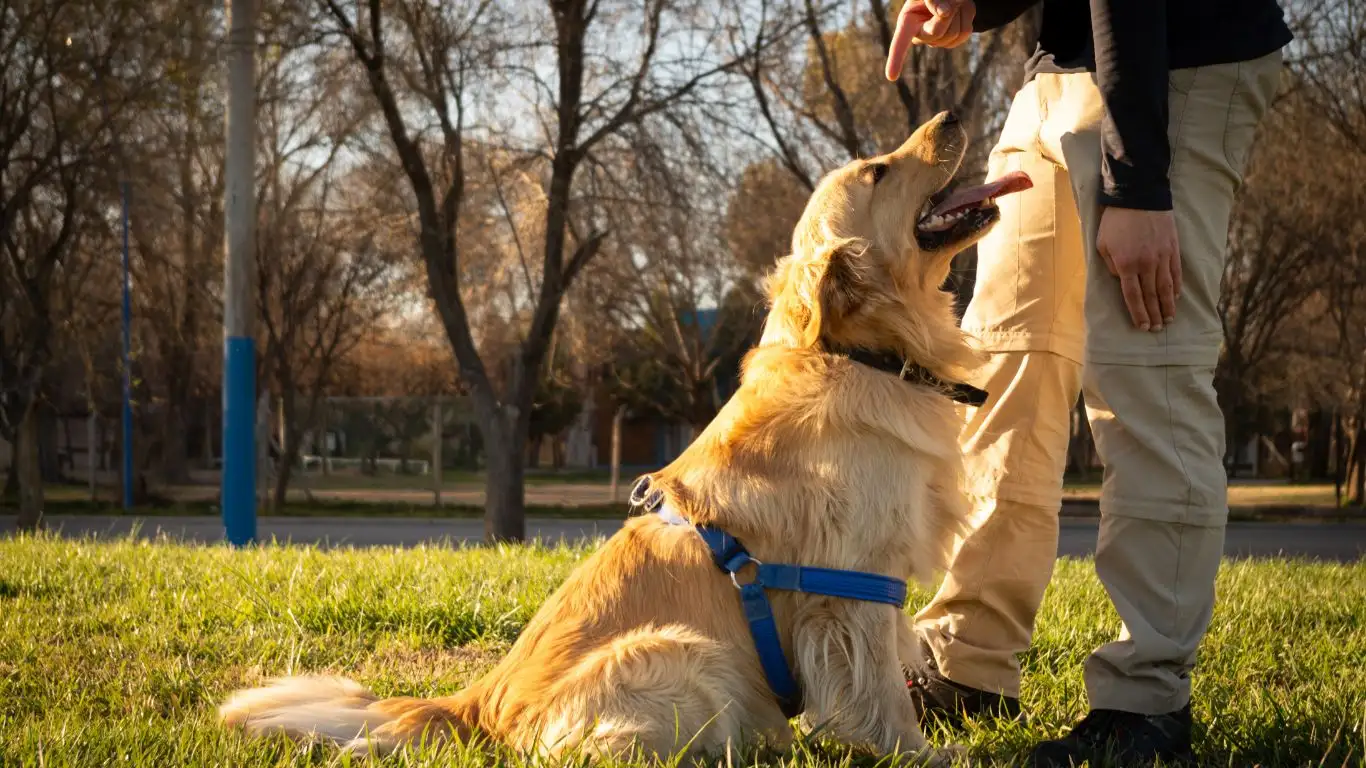
Let me be real with you: dogs aren’t naturally inclined to follow house rules—they’re more about instinct, curiosity, and impulse. And a baby gate? Well, that just looks like an optional obstacle to a smart, determined pup.
Understanding the “Why” Behind the Behavior
Before we jump into solutions, it helps to know what’s going on in your dog’s head. Dogs often challenge barriers for a few reasons:
- Curiosity: Especially in younger dogs, that “what’s on the other side?” urge is *very* real.
- Separation anxiety: If you’re behind the gate, they want to be with you.
- Lack of boundaries: If your dog has never been taught limits, they won’t magically obey the gate.
When I first brought home my rescue pup, Milo, he saw gates as temporary puzzles. Every time I turned my back, he was on the other side like a Houdini impersonator. That’s when I knew I had to go beyond physical barriers—I needed to train him to *respect* them.
Setting Up Your Space for Training Success

Choose the Right Gate
All baby gates aren’t created equal, especially when dogs are involved. Here’s what I’ve found works best:
- Height matters: For jumpers, opt for extra-tall gates (at least 36″).
- Material strength: Go with sturdy wood or metal—not plastic.
- Secure installation: Pressure-mounted gates can work, but wall-mounted ones are safest for determined dogs.
Location, Location, Location
Where you put the gate makes a difference. Use it to block off rooms that are off-limits or create safe zones. One of my go-to tips: place it where you can easily supervise early interactions—like between the kitchen and living room.
Remove Distractions
Training a dog to respect a boundary like this is tough if there’s a squirrel party going on outside or a leftover sandwich on the counter. Set your dog up for success:
- Close nearby windows if outdoor distractions are a problem.
- Make sure the area is calm and relatively quiet.
- Remove tempting food, toys, or other distractions from both sides of the gate.
Start With Short, Positive Training Sessions

Introduce the Gate as a Boundary, Not a Punishment
Here’s where a lot of folks accidentally go wrong: they treat the gate like a timeout zone. But dogs are smart—they’ll pick up on that negativity and associate the gate with frustration. Instead:
- Make it part of your *normal* routine.
- Use positive reinforcement when your dog stays behind it calmly.
- Stay on *both* sides of the gate during training, so they don’t see it as an automatic separation.
With Milo, I used bits of cooked chicken (his all-time favorite) and lots of praise. The first time he stayed calmly behind the gate while I walked out of the room? I felt like we’d won a championship.
Build Up Duration and Distance Gradually
Don’t rush it. Start with a few seconds behind the gate, reward, then slowly increase the time and how far you move away. This kind of boundary respect takes time—but it sticks.
And always remember: patience, consistency, and celebrating the little wins go a long way when you’re teaching your dog how to respect boundaries like a baby gate. You’re not just setting limits—you’re building trust.
Adding Commands to Reinforce Respect for the Gate
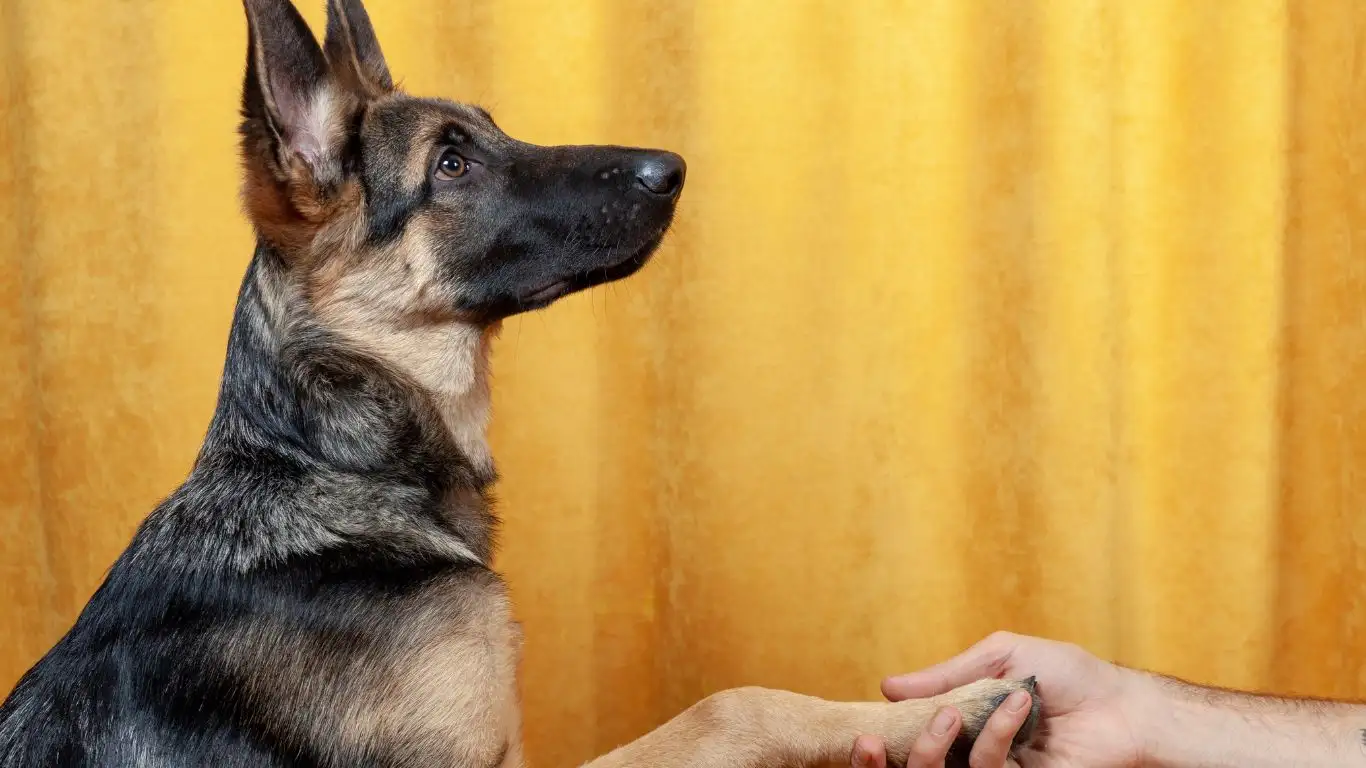
Once your dog is calm around the gate, it’s time to start layering in some simple commands. When I was first training my client’s golden retriever, Sasha, she responded really well to clear verbal cues. That structure gave her confidence—and it helped me stay consistent, too.
“Wait” and “Stay” Are Your Best Friends
I started with “wait” while I walked just a step or two away from the gate. If Sasha stayed in place, I’d toss her a treat and use a cheerful “good girl!” If she tried to follow, I’d gently block her path, guide her back behind the gate, and try again.
Here’s how to practice:
- Stand on the same side of the gate with your dog.
- Say “wait” or “stay,” then take one step toward the gate.
- If your dog doesn’t move, reward right away—timing matters.
- Gradually increase the distance and duration.
Be patient. Some dogs get it fast, others need more reps. The key is keeping your tone upbeat and your expectations realistic.
Use a Release Word
This is a game-changer. I use “okay” as a release cue to let the dog know when the gate is no longer in effect. Otherwise, they’re left guessing. And guess what? Confused dogs make their own rules.
When you open the gate and want them to come through with permission, give your release word so they associate access with calm behavior—not barging through on their own.
What to Do When They Challenge the Gate
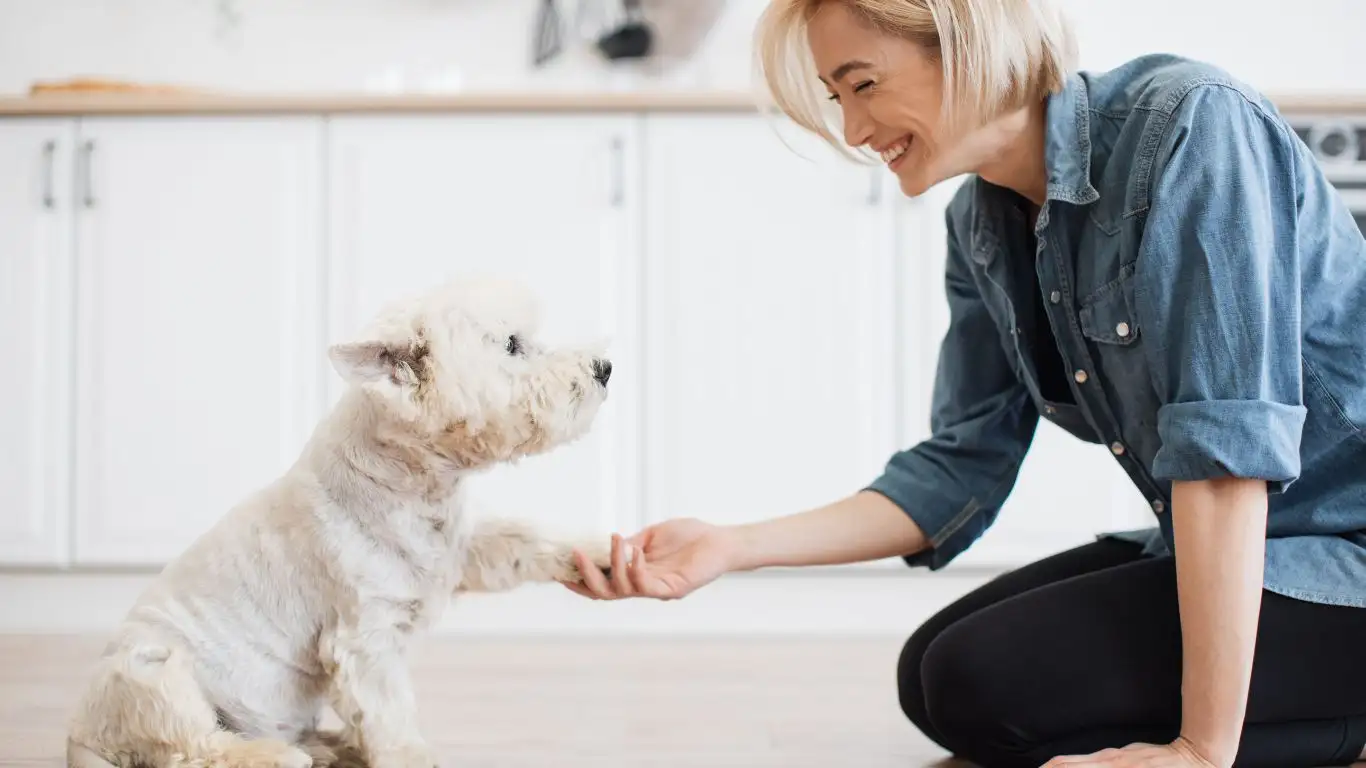
Even the best-behaved dogs will test boundaries. It’s not a failure—it’s just part of their learning curve. The trick is how you respond in the moment.
Interrupt, Redirect, Reward
When Milo got sneaky and tried to nose-push the gate open, I used this simple three-step response:
- Interrupt: A firm but calm “uh-uh” or “nope.” Nothing angry, just attention-grabbing.
- Redirect: Call your dog away from the gate or guide them back behind it.
- Reward: Once they’re calm and back in position, praise and treat.
This isn’t about punishment—it’s about reinforcing the idea that staying behind the gate gets good stuff, while pushing through doesn’t get them anywhere.
Consistency Is Everything
Here’s the honest truth: if you sometimes let your dog sneak past the gate because you’re in a rush, they’ll absolutely remember that loophole. Dogs are brilliant like that. Every person in the house has to be on the same page. That means no bending the rules “just this once.”
Turning the Gate Into a Positive Zone
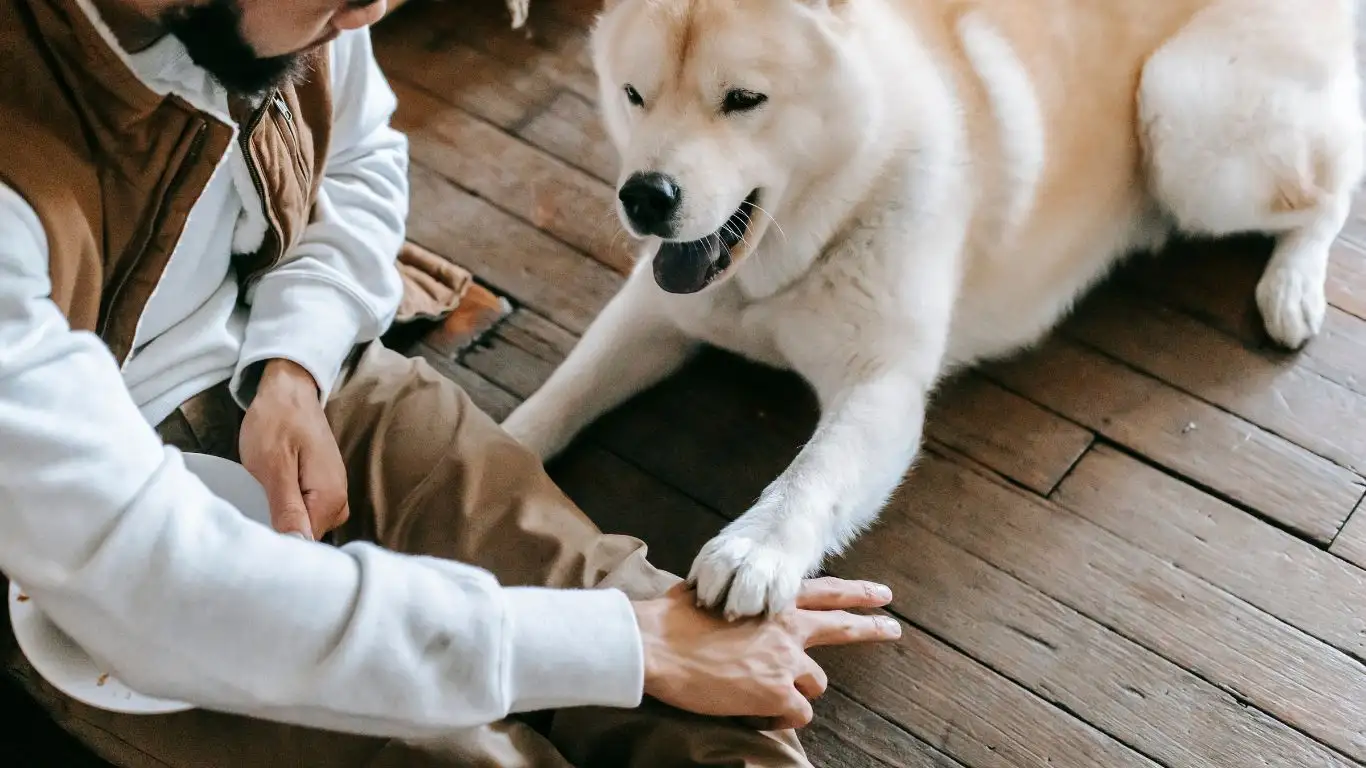
One of the best things I learned as a Canine-Assisted Therapy Trainer is how powerful positive associations can be. If you want your dog to respect a baby gate, don’t just train around it—make it a place they *want* to be.
Build a Chill Zone
Think comfy crate nearby, soft bedding, and a few interactive toys. This helps your dog understand that their side of the gate isn’t punishment—it’s their designated zone of safety and calm.
- Use KONG toys stuffed with peanut butter or frozen treats during training sessions.
- Add calming chews or a lick mat to keep them busy behind the gate.
- Try a white noise machine if your pup is sensitive to sounds beyond the gate.
When I worked with Bella, a reactive border collie, this was a game-changer. Her gate zone became her calm-down area, and over time she’d retreat there on her own when she needed a break.
Practice During Real-Life Scenarios
Once your dog is doing well during training, it’s time to level up by using the gate in your daily routine. Set it up during dinner time, when guests arrive, or while you vacuum. The more real-life context you provide, the better they’ll generalize the behavior.
Just keep reinforcing calmly. A few slip-ups? Totally normal. But every time your dog chooses to stay calm behind that gate? That’s a win worth celebrating.
Maintaining Long-Term Respect for the Gate
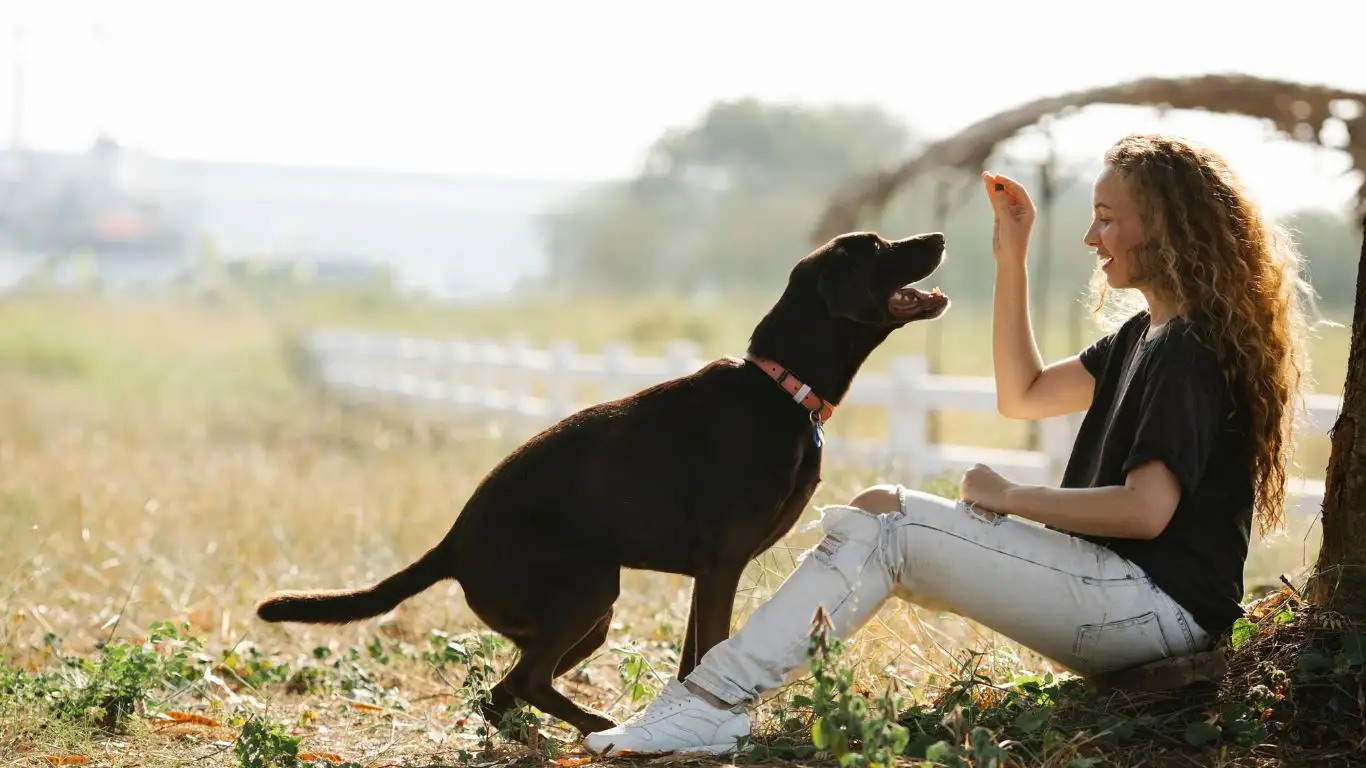
So your dog is finally getting the hang of things—no more bulldozing through the gate, no more pitiful whimpers or stealthy escapes. But here’s the thing: just like any good habit, training your dog to respect a baby gate doesn’t stop when they “get it once.” Dogs, especially clever ones, are pros at testing boundaries now and then. I’ve had dogs who seemed rock-solid for weeks, only to suddenly decide the gate was just a suggestion. That’s why long-term success comes down to maintenance and consistency.
Keep the Practice Alive
Think of this like muscle memory. You don’t have to do full-blown training sessions every day, but sprinkling in little refreshers keeps the behavior sharp:
- Revisit the “wait” and “stay” commands once or twice a week.
- Randomly reward calm gate behavior with praise or a small treat.
- Vary the routine—open the gate without inviting them through, just to reinforce boundaries.
It doesn’t take much, and honestly, it keeps you in sync with your dog. Every time you reinforce respect around the gate, you’re strengthening the trust and communication between you two.
What If You’re Bringing a Baby into the Mix?
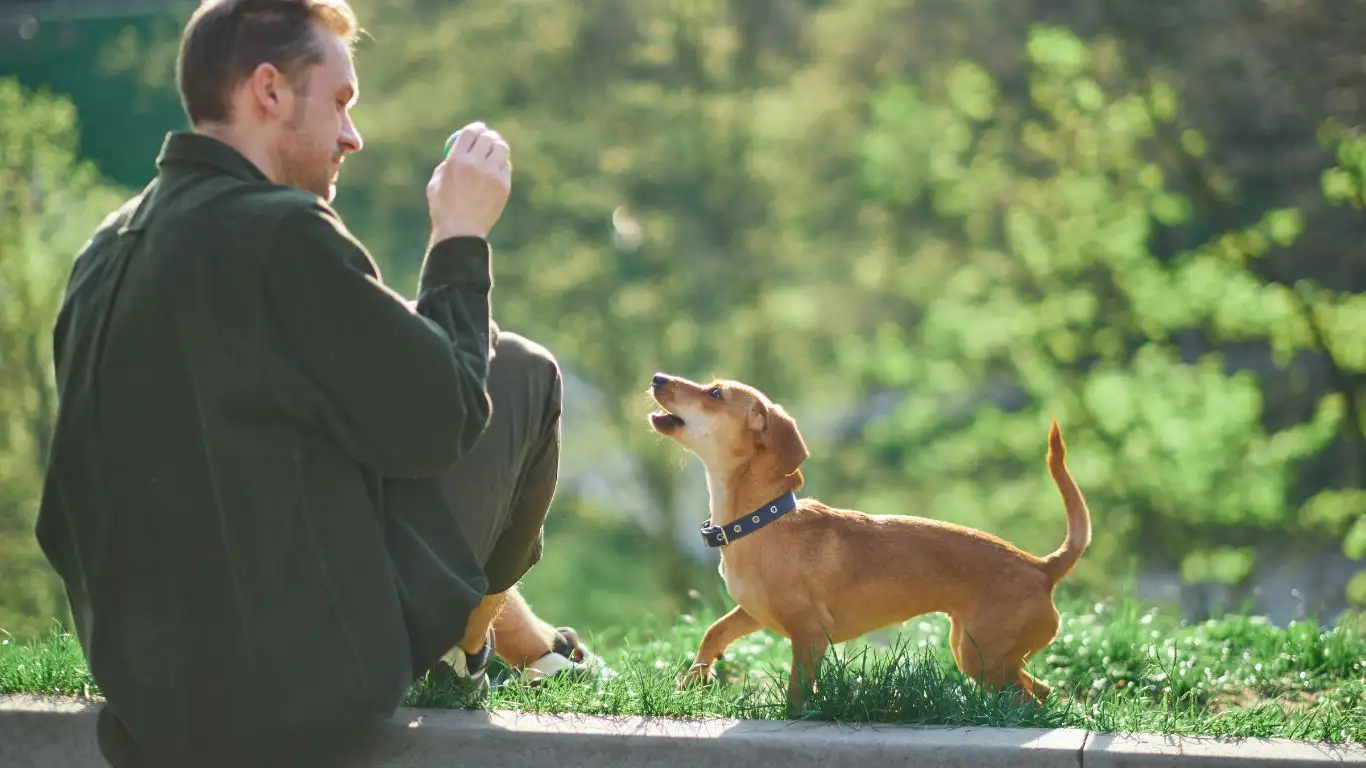
This one’s close to home for a lot of families I’ve worked with—and I get it. Adding a baby to the household can totally change the dynamic. If your dog already respects the gate, you’re ahead of the game. But you’ll want to double down on boundaries as your routine changes.
Start Early and Slowly
Even before your baby arrives, set up the gates and get your dog used to the new layout. Let them explore *your side* of the gate while keeping the nursery or baby area off-limits. It helps them adjust to changes gradually, rather than feeling suddenly excluded.
When I helped a client prep her Labrador, Max, for their first child, we spent two weeks just hanging out near the baby gate, letting Max sniff and watch while we placed baby items on the other side. No pressure, just slow introductions.
Reward for Calm, Not Curiosity
It’s natural for your dog to be curious about this new tiny human. But curiosity doesn’t mean they get to cross the line. Reward behaviors like lying down near the gate, quietly observing, or moving away when asked.
Tip: Never use the baby gate to punish your dog when the baby is around. You don’t want them associating the baby with being shut out. Keep things neutral and calm.
When to Seek Professional Help
Let’s be honest—not every dog will respond to baby gate training the same way. Some might have anxiety issues, past trauma, or breed tendencies that make this process more complex. That’s totally okay. Knowing when to bring in a pro can make a huge difference.
Signs You Might Need Extra Support:
- Your dog shows aggression near the gate—growling, snapping, or excessive barking.
- They injure themselves trying to escape or scale the gate.
- You’re struggling to make progress despite consistent training.
I’ve worked with behaviorists and trainers who specialize in just this kind of scenario, and the difference a customized plan makes is huge. There’s no shame in asking for help—it shows you’re committed to doing what’s best for your dog and your family.
Final Thoughts on Boundaries, Trust, and Teamwork
Training a dog to respect a baby gate might seem like a small thing, but it’s really about something bigger. It’s about trust, structure, and communication in your relationship. Whether you’re managing zones for a baby, guests, or just a little peace and quiet, a gate becomes a symbol of respect—both ways.
And if I’ve learned anything in my work as a Canine-Assisted Therapy Trainer, it’s this: when dogs understand the “why” behind what we ask, and we communicate clearly and kindly, they’ll rise to the occasion. Every single time.
References
Disclaimer
This article is based on my professional experience and is intended for informational purposes only. Every dog is different, and training methods should be adjusted accordingly. For behavioral issues or concerns related to safety, consult a certified professional dog trainer or behaviorist.
